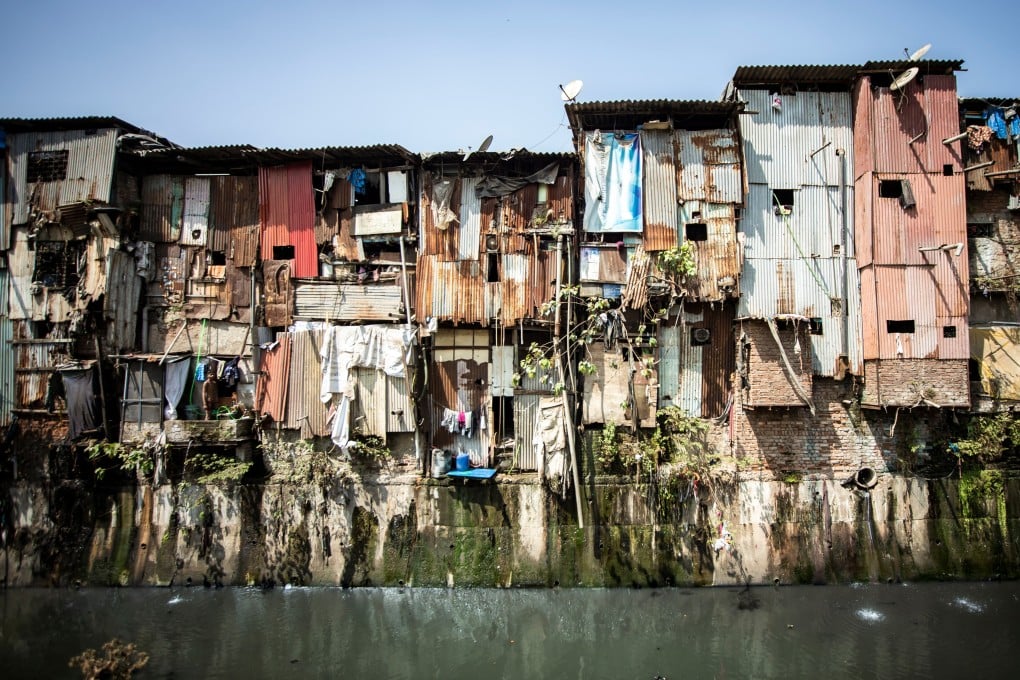Indian slum dwellers in Dharavi express dreams, fears as Adani Group plans facelift
- Dharavi is India’s largest slum, home to more than half a million people, but it also sits on prime land in the country’s financial hub of Mumbai
- While some residents are excited about the area’s makeover, others are worried the transformation will leave them worse off than they are now

The settlement, with its narrow lanes and dilapidated buildings, has long been considered an eyesore in central Mumbai. But the area sits on prime real estate in India’s financial and business capital, right near the Bandra Kurla complex, a business hub between two major railway lines.
While residents have long waited for the day their community would be cleaned up, some are worried about the potential consequences the changes could have on their lives and livelihoods.

Ramakant Gupta, President of Dharavi Bachao Andolan (Save Dharavi Movement), said people were supportive of the facelift, but wanted Adani Group to put their needs and interests first.
“We want the redevelopment to be equitable, and include everyone living here, and no evictions,” he said. “The residents are desirous of a change of image of the area so that their children can aspire for higher education, and better jobs.”
Dharavi has been highlighted by experts as an example of poor planning policies.
Author Kalpana Sharma, in her book Rediscovering Dharavi, Stories from Asia’s Largest Slum, said the growth of the Mumbai slum was illustrative of “the problems with urban planning, where the government first ignores the existence of slums and later gets rid of them through demolitions”.